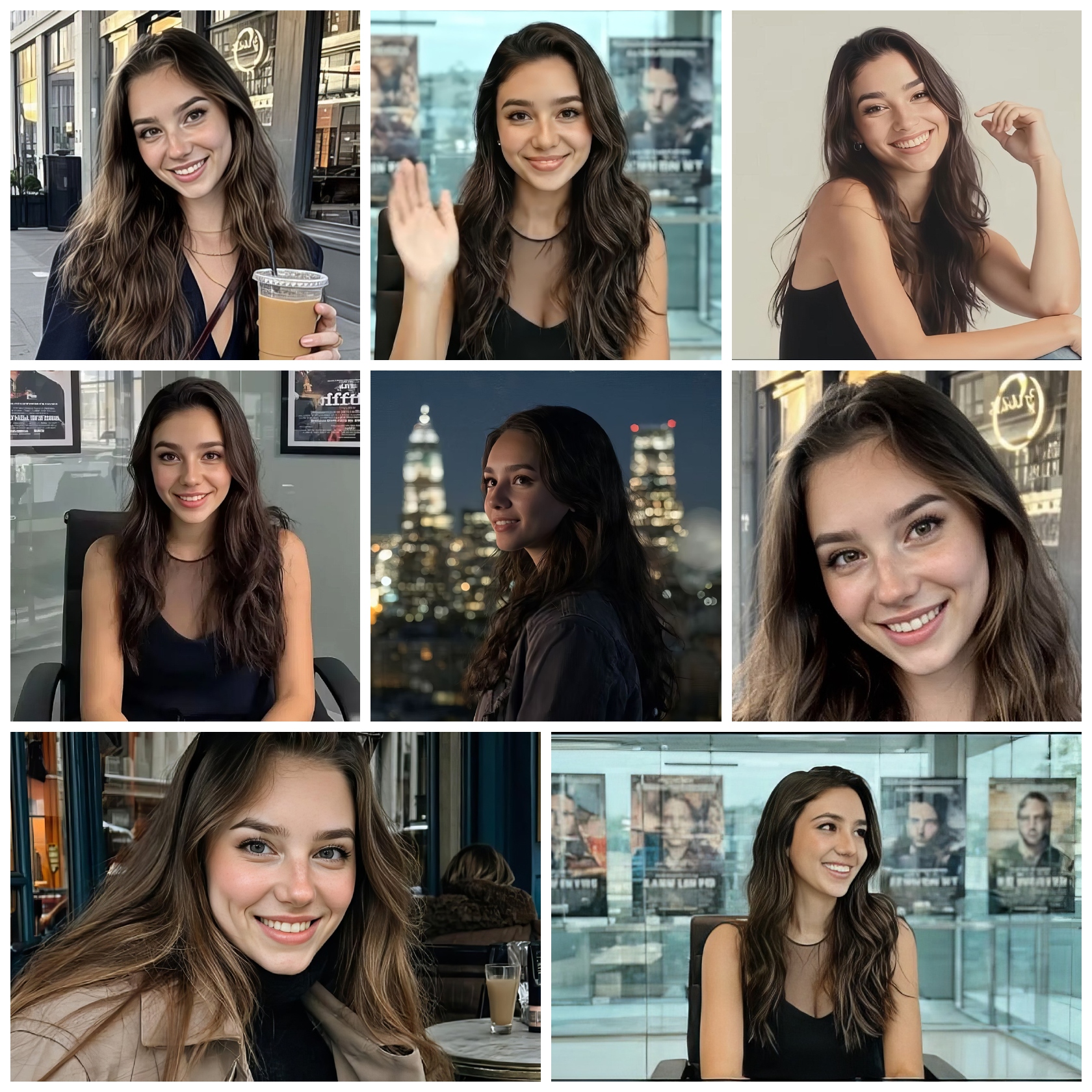Have you ever heard of an actress made entirely of code? Meet Tilly Norwood, the AI-generated character causing a stir in Hollywood. She looks real, acts in movies, and even has an Instagram, but she’s actually a complex set of algorithms.
This virtual performer has everyone talking. Some directors are intrigued, while many actors worry about their jobs. Tech companies, however, see a major business opportunity. Let’s explore who Tilly Norwood is and why she’s become such a critical figure in the conversation about AI in Hollywood.
Key Takeaways
Tilly Norwood was created by Dutch actress and producer Eline van der Velden through her London-based production company, Particle6. She was unveiled as the first star of a new AI talent division called Xicoia at the Zurich Film Festival on September 27, 2025.
Particle6 claims that AI performers like Tilly could reduce movie production costs by as much as 90 percent, though they have not released specific financial data to support this.
Tilly’s appearance and voice are generated by ten different AI programs working in unison. Her dialogue is written by language models like ChatGPT, while other tools create her expressions and vocal delivery.
The reaction in Hollywood has been sharply divided. The Gersh Agency publicly stated it would not represent AI actors, while SAG-AFTRA condemned the project for devaluing human artistry. High-profile actors like Emily Blunt, Whoopi Goldberg, and Natasha Lyonne have spoken out against the technology.
Tilly’s debut was in a comedy sketch called “AI Commissioner” in July 2025. The sketch received over 200,000 views but was criticized for its “woodenly delivered dialogue.” Her Instagram account, started in May 2025, quickly gained over 45,000 followers.
Table of Contents
The Creation of Tilly Norwood
Eline van der Velden and her London-based team at Particle6 developed Tilly using advanced AI talent studio tools. Their goal was to create a digital character capable of showing a believable range of human emotions.
This project represents a fusion of traditional Hollywood storytelling with cutting-edge computer science.

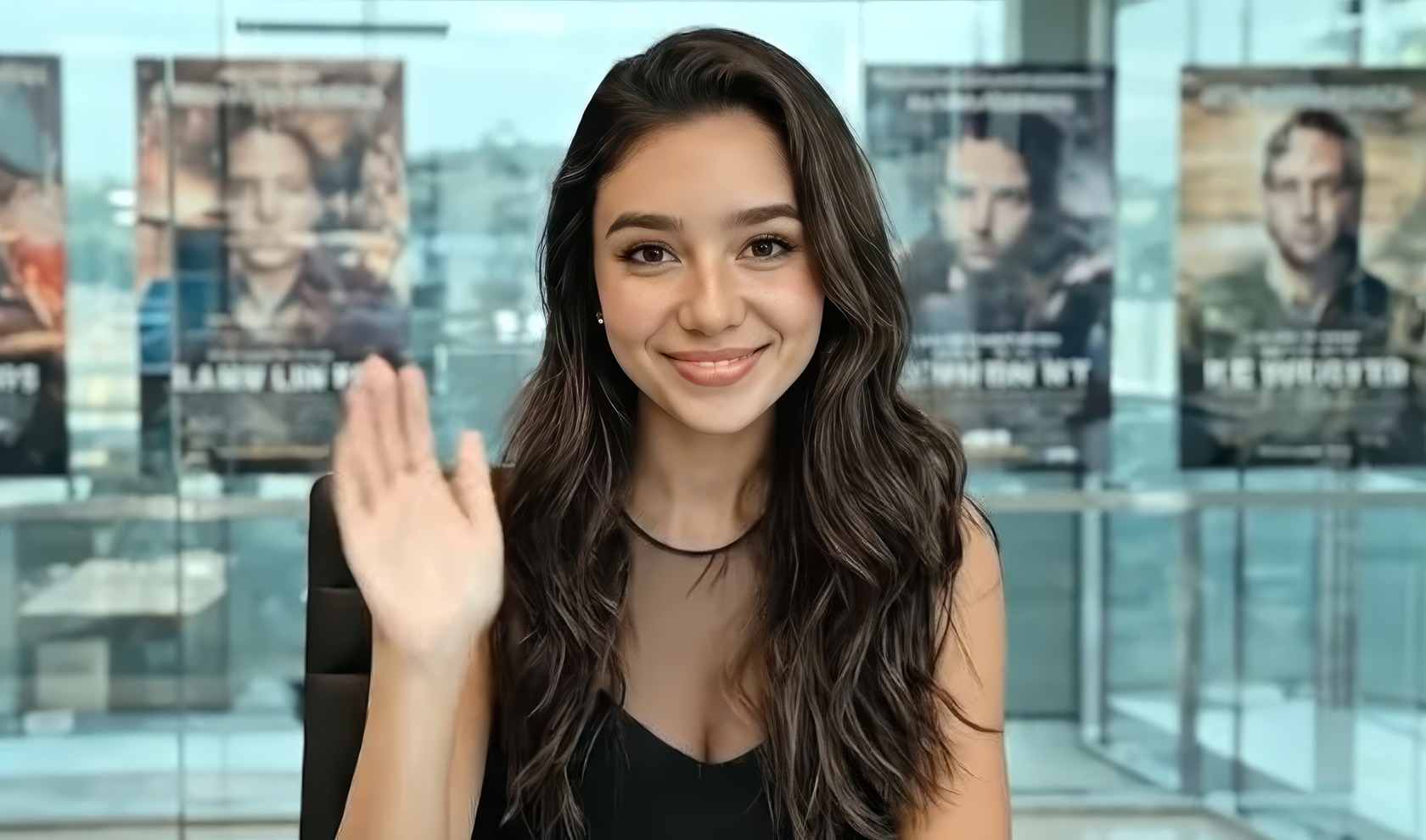

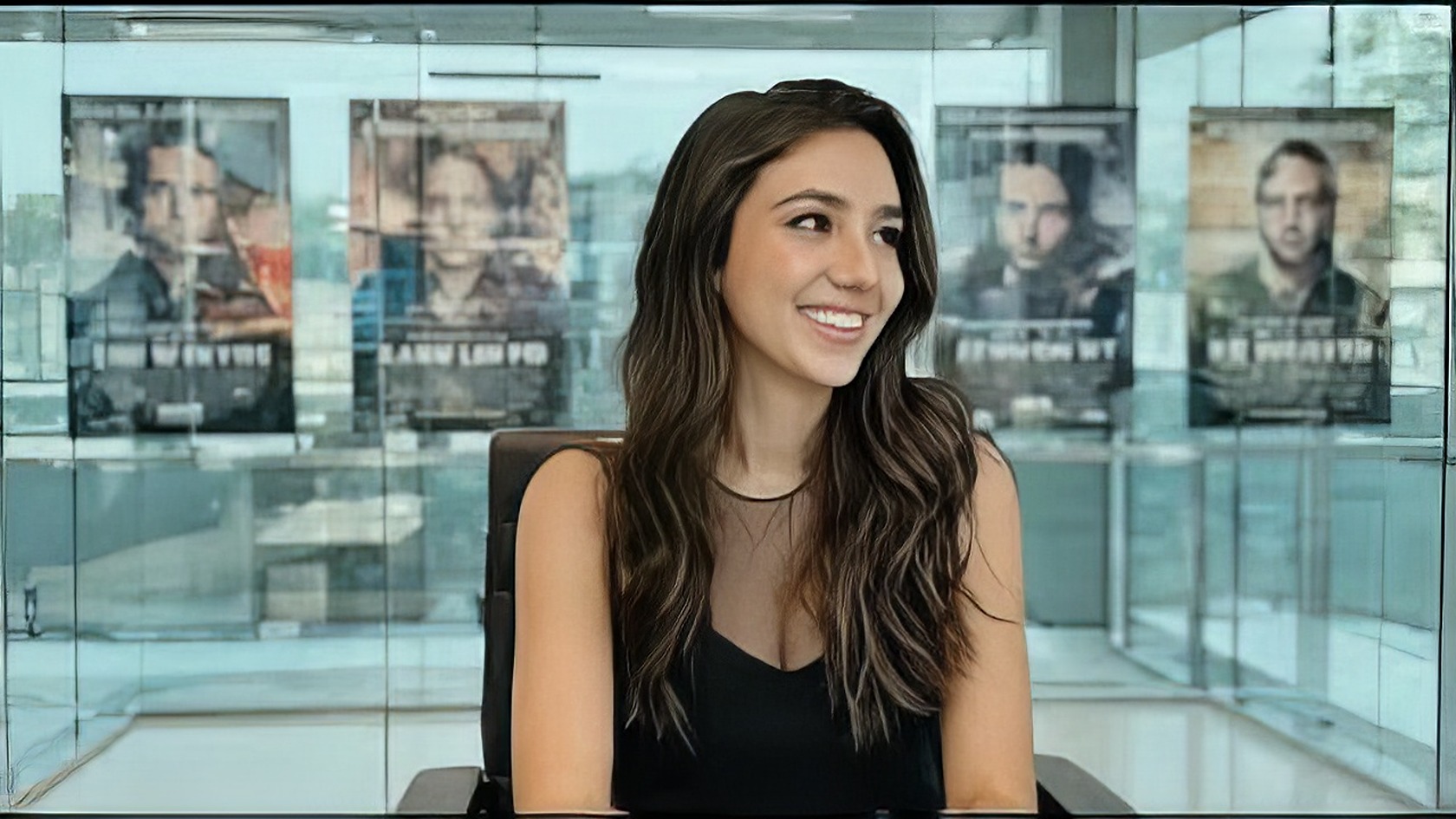


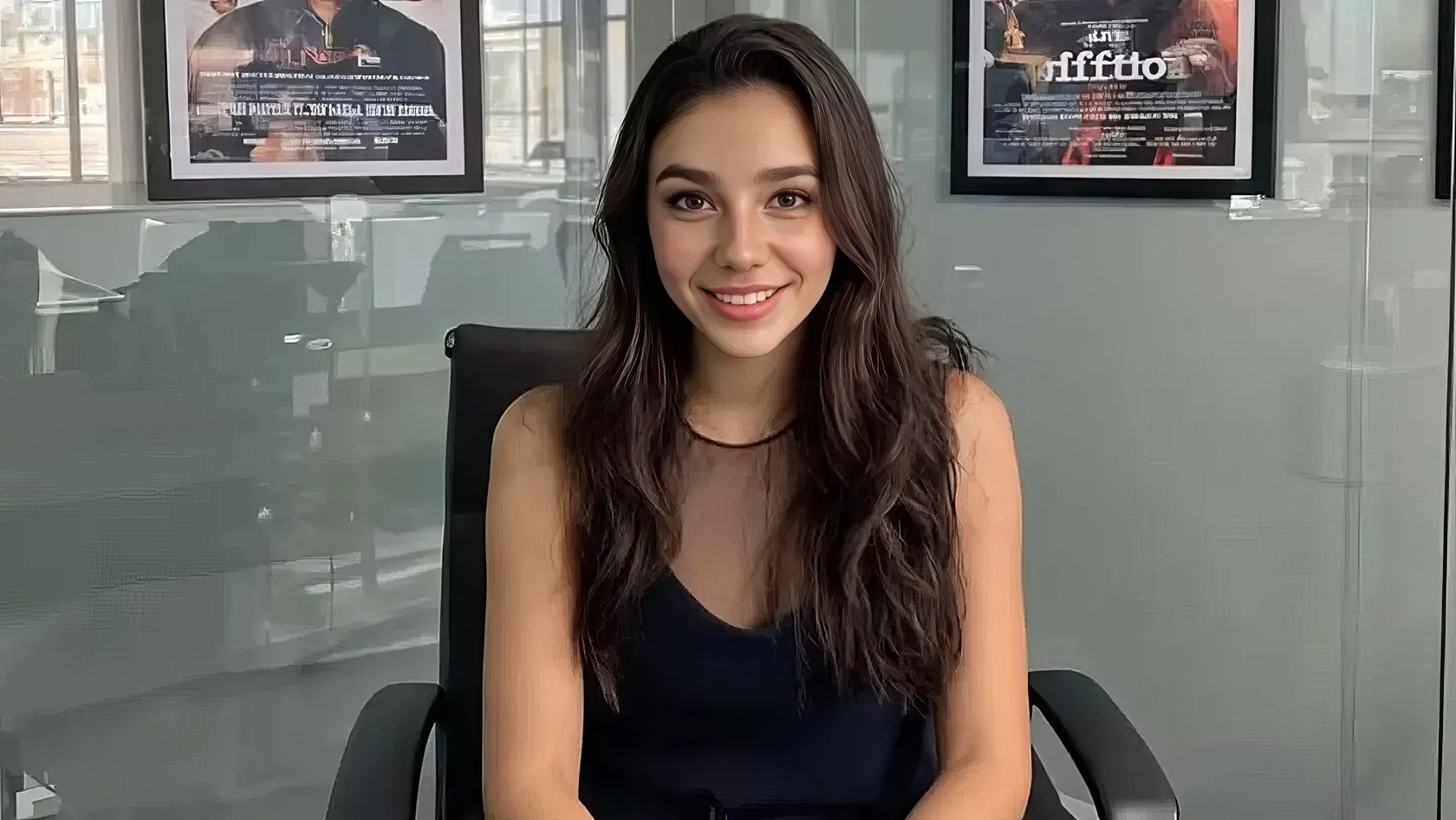
Who developed Tilly Norwood?
Dutch actress and producer Eline van der Velden is the creator behind this virtual star. She founded Particle6 Productions, a London-based studio, in 2015.
Van der Velden has a unique background that bridges both the creative and technical worlds. She has acting credits in shows like “De Troon” and “Soft Border Patrol” and the 2014 film “Flying Home.”
This experience gave her the insight to combine her knowledge of performance with the potential of AI-generated content tools. The result was Tilly, who was officially revealed at the Zurich Summit during the city’s film festival. This is when Particle6 launched its new AI talent division, Xicoia, with Tilly as its flagship star.
What role did Particle6 Productions play?
Particle6 Productions is the engine that brought Tilly Norwood to life. Led by van der Velden, the company’s mission with this project was to disrupt traditional Hollywood production with artificial actors.
They built an entire ecosystem for their digital creations. At the Zurich Film Festival in September 2025, they launched Xicoia as the world’s first AI talent studio, designed to create, manage, and monetize digital stars. The company aims to create a portfolio of over 40 AI personas.
Particle6 brought a wealth of experience to this venture, having previously worked with major companies like the BBC, Prime Video, and Apple TV+. They now claim that using AI actors can slash production costs by up to 90%, a bold statement that has captured the industry’s attention.
“We believe the next generation of cultural icons will be synthetic: stars that never tire, never age, and can interact with fans,” Eline Van der Velden said during Xicoia’s launch.
This announcement has sparked intense debate. Many wonder if virtual stars will eventually replace human actors, raising critical questions about the future of creativity itself.
What are Tilly Norwood’s Features and Capabilities?
Tilly operates on a foundation of machine learning and cloud computing. This technology allows her to alter her facial expressions and voice in real time, mimicking the dynamic performance of a human actor.
How does Tilly Norwood generate emotions and expressions?
The team at Particle6 trained Tilly’s system on thousands of video clips of human actors. Using deep learning technologies like neural networks and GANs, they mapped countless facial movements and vocal inflections.
The system works by analyzing a script for emotional cues. For a sad scene, the algorithm pulls from its vast database of sorrowful expressions it has learned. For a moment of joy, it combines various happy faces from its training data. These emotions aren’t genuine; they are sophisticated recombinations of data.
However, the results are not always perfect. Animators and critics have pointed out that her expressions can sometimes enter the “uncanny valley,” a term used for AI that looks almost human but is just off enough to be unsettling. This is a point SAG-AFTRA officials have emphasized, stating that Tilly cannot truly feel anything; she is merely copying patterns from real human emotion.
What makes Tilly Norwood’s voice and dialogue delivery advanced?
A suite of ten different AI programs collaborates to produce Tilly’s voice and synchronize her facial movements. Every word she speaks is written by large language models like ChatGPT.
The reception to her delivery has been mixed. Joshua Wolens of *PC Gamer* found her voice unsettling, while Joe Pinkstone of *The Daily Telegraph* noted her accent was technically perfect. However, some viewers observed that her mouth movements appeared unnatural, as if she were learning to speak for the first time.
These issues were apparent in her debut sketch, “AI Commissioner.” Stuart Heritage of *The Guardian* called the script “relentlessly unfunny.” Despite the criticism, the sketch garnered 200,000 views within two months, proving there is significant public curiosity.
“The mouth moved as if learning to speak for the first time,” one critic noted of her performance.
This blend of synthetic video and audio is what sets Tilly apart from earlier digital characters. She often appears convincingly real, until a subtle flaw reminds you that you’re watching software in action.
Tilly Norwood’s Impact on Hollywood
The arrival of Tilly Norwood has ignited a firestorm of debate across Hollywood. While some embrace the technological innovation, others see AI performers as an existential threat to the industry.
How have industry professionals reacted to Tilly Norwood?
Prominent figures in Hollywood have not been silent. Actors Emily Blunt, Whoopi Goldberg, and Natasha Lyonne have all publicly criticized the push for AI actors. Blunt referred to the idea as “terrifying” and pleaded with agencies not to sign digital talent.
The Gersh Agency made its position clear, announcing it will not represent any AI actors. On September 30, 2025, SAG-AFTRA released a powerful statement, arguing that creativity should remain human-centered. The union accused Particle6 of training its AI on the work of countless actors without their permission or compensation.
Many other actors have joined the chorus of concern. Melissa Barrera called the development “gross” and suggested a boycott of any agency that signs Tilly. The UK’s Equity union labeled her an “AI tool” that steals from real performers.
What are the main debates about AI in acting?
The most immediate debate revolves around jobs. After the industry disruptions caused by the COVID-19 pandemic, many film workers view AI avatars as another serious threat to their livelihoods. In response, SAG-AFTRA has established new protocols requiring studios to provide notification and negotiate terms before using digital actors.
Copyright law is another major point of contention. Legal experts are questioning the legality of using thousands of acting clips for AI training data without explicit consent from the original performers.
Beyond the legal and economic issues, there is a fundamental debate about art itself. Critics argue that allowing computers to perform cheapens the craft of acting. Even Wikipedia editors have struggled with how to classify Norwood, debating whether to call her an “actor” or an “avatar” and whether to use “she/her” pronouns for a computer program.
“‘Tilly Norwood’ is not an actor, it’s a character generated by a computer program that was trained on the work of countless professional performers — without permission or compensation,” SAG-AFTRA stated.
The controversy touches on deeper fears about technology’s role in our lives, from the lack of laws against AI to the potential for digital isolation.
Where has Tilly Norwood appeared?
Tilly’s performances are currently limited to online sketches and social media content. Her presence on platforms like YouTube and Instagram demonstrates the ability of digital actors to capture public attention.
What is the “AI Commissioner” comedy sketch?
Tilly’s debut performance was in “AI Commissioner,” a comedy sketch released on Facebook in July 2025. The entire production was created using ten distinct AI tools, from the script to the 16 computer-generated characters in the cast.
The script was written entirely by ChatGPT, resulting in a performance that many critics found stilted and awkward. Particle6 Productions managed every aspect of the project, treating it as a public demonstration of their technology’s capabilities.
Despite mixed reviews, the video attracted over 200,000 views in just two months, a significant number for an experimental, AI-driven project. While some critics called it “technically competent,” many, like Stuart Heritage of *The Guardian*, found it “relentlessly unfunny.” Still, the sketch marked a milestone for AI-generated content.
How is Tilly Norwood used in promotional and social media content?
Following her debut, Tilly became a social media personality. Particle6 launched her Instagram account on May 6, 2025, and by October 2, she had amassed over 45,000 followers.
Her profile is curated to look like that of any aspiring actress. It features AI-generated images of her on red carpets, grabbing coffee, and even appearing as a guest on *The Graham Norton Show*. The account is transparent about her artificial nature.
The Particle6 team manages her entire online presence, responding to comments as if Tilly herself were sharing updates about her life. The hyper-realistic photos often cause followers to do a double-take, blurring the line between reality and digital creation. The account regularly posts new modeling shots and clips from acting tests, each one looking deceptively real.
What Controversies Surround Tilly Norwood?
The entertainment industry is watching closely as actors, directors, and unions grapple with the implications of AI performers like Tilly. The debates are intense and touch on issues of job security, ethics, and the very definition of art.
What concerns exist about replacing human actors?
Labor unions are at the forefront of the resistance. SAG-AFTRA has been vocal in its opposition, stating that Tilly “is not an actor” and lacks the life experience necessary for a genuine performance. The union’s primary argument is that her existence is based on the uncredited work of human performers.
Hiring synthetic actors may also violate existing union contracts, which require studios to notify and bargain before using digital replacements. Equity, the main acting union in the UK, has echoed these concerns, highlighting the threat to job security for its members.
Filmmaker and actress Justine Bateman has articulated a key fear within the acting community. She has warned that studios could use a single actor’s digital likeness for multiple roles, drastically reducing the number of available jobs. This issue of digital replication was a major point of contention during the 2023 strikes. For more on the risks of this technology, you can read about the Millie Bobby Brown deepfake incident.
What has Xicoia’s CEO said about these concerns?
Eline van der Velden, the CEO of Xicoia and Particle6, has addressed the criticism head-on. She insists that Tilly is not intended to replace human actors but should be viewed as “a creative work – a piece of art.” She frequently compares AI characters to other forms of non-human performance, like animation, puppetry, or CGI.
In public statements, she argues that AI offers “another way to imagine and build stories” and cannot diminish the value of live-action acting. Van der Velden’s perspective is that artificial intelligence is simply another tool in the creative toolkit, one that should be judged on its own merits within its own genre.
She frames Tilly as an experiment designed to spark conversation and push creative boundaries. Her goal is for Tilly to be seen not as a threat, but as an expansion of what is possible in entertainment.
How Will Tilly Norwood Change in 2025?
According to a September 27 report from *Deadline*, Tilly is expected to sign with a major talent agency soon, though no specific agency has been named. Van der Velden has ambitious goals for her creation, stating that she wants Tilly to achieve the same level of fame as A-list stars like Scarlett Johansson or Natalie Portman.
As the underlying AI technology continues to improve, Xicoia is planning more ambitious projects for Tilly. The company has announced plans for more public appearances and larger roles in the future.
Industry sentiment has shifted rapidly. According to van der Velden, boardrooms that were dismissive of AI in February 2025 were actively seeking collaborations by May. As her profile rises, Tilly will likely appear in more projects, further fueling the debate.
The controversy surrounding Tilly Norwood is growing with the attention she receives. Every new development sparks fresh debate about the role of AI in entertainment. Whether you see this as an opportunity or a disaster, one thing is clear: Tilly Norwood is here to stay.
People Also Ask
Who is Tilly Norwood in the context of AI in Hollywood?
Tilly Norwood is an entirely AI-generated character, marketed as the world’s first AI actress. Created by Eline van der Velden’s company Xicoia, she represents a major step in the integration of artificial intelligence into film and television production.
What are some critical facts about AI’s impact in Hollywood that Tilly Norwood highlights?
Tilly’s existence brings several key issues to the forefront. These include the potential for significant cost reductions in production, the debate over copyright and the use of actors’ likenesses for training data, and the threat of job displacement for human performers. Her presence has forced a conversation about what constitutes art and creativity.
How does Tilly Norwood address concerns about AI replacing artists or writers?
As an AI, Tilly herself doesn’t address concerns. However, her creator, Eline van der Velden, has stated that technology like Tilly should be seen as a tool to support human creativity, not replace it. She compares AI to other technologies like CGI or animation, which opened new creative avenues without eliminating traditional acting.
Why do people listen to Tilly Norwood when it comes to artificial intelligence in entertainment?
People aren’t listening to Tilly, but they are paying close attention to what she represents. Her unveiling at the Zurich Film Festival and the subsequent backlash from major unions and celebrities have made her a focal point for the entire industry’s anxieties and hopes about AI. She has become a symbol of a technological shift that could reshape Hollywood.
References
https://www.today.com/popculture/tilly-norwood-ai-generated-actress-rcna234693
https://thedailyhorizon.myshopify.com/blogs/technology/ai-actress-tilly-norward-7-key-facts
https://www.cnn.com/2025/09/30/tech/hollywood-ai-actor-backlash
https://www.vulture.com/article/ai-actress-tilly-norwood.html
https://www.cbsnews.com/news/ai-actor-hollywood-tilly-norwood-stirs-outrage/
